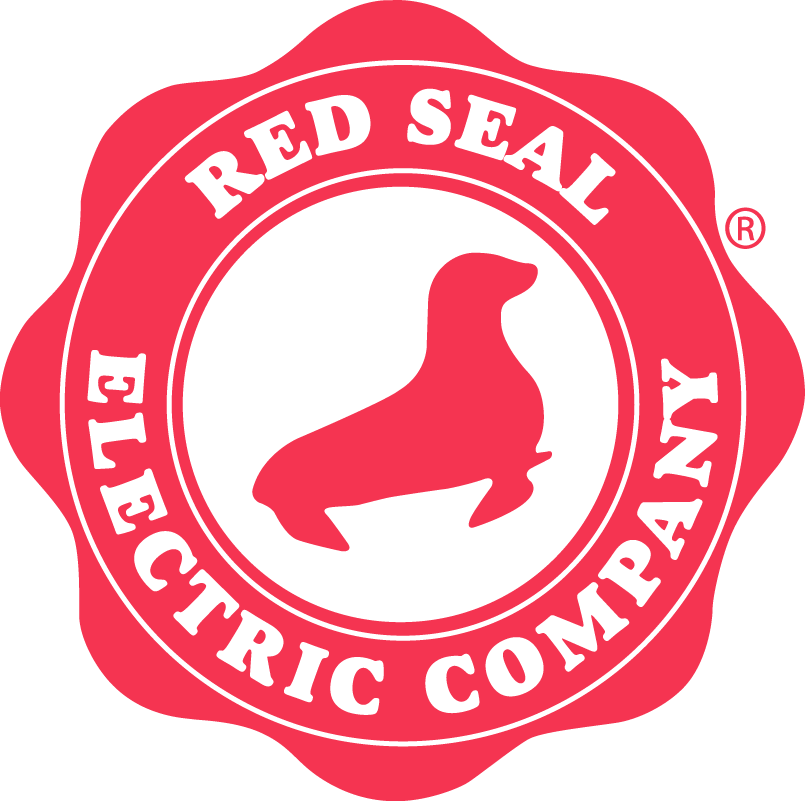How To Inspect a Non-Metal Part
The manufacturing industry is replete with specially made parts that allow businesses to craft their products to the appropriate specifications in the most efficient manner. However, these parts must undergo thorough testing before use. Otherwise, an ineffective part could derail the whole process. If a material melts or shatters under the sustained heat or pressure you use, it would be a costly mistake. To determine its viability, specialists must assess parts before widespread implementation. Here is how to inspect a non-metal part.
Establish the Materials Involved
With any part, but particularly with non-metal parts, you must first establish the composition. Knowing what materials make up the part will direct parts testers to the right assessment procedures and will determine what the ideal score on these tests will be for each material. For example, testing rubber elastomer will be much different than assessing glass polyester, and the scales of assessment will change for each as well. The elastomer may score lower than the polyester in temperature ranges, but this would be consistent with the properties of each material. So, it is critical to know what you are dealing with before you conduct each test.
Determine the Tests Needed
With the materials in mind, you can determine which tests are relevant to the item at hand. Between polymer testing, thermal analysis, paint material testing, and material failure testing, there are plenty of methods choose from. These tests should also include safety analysis to identify the boundaries of any hazardous materials and their applications. Take GPO-3, one of our fiberglass-reinforced polyester materials, as an example of material testing. We tested this material using tensile strength, compressive strength, water absorption, arc resistance, and insulation resistance assessments, among other things. In fact, we even present the data sheets and procedures used on our product page for maximum clarity. Before you choose any material, it is essential to know what type of testing occurred and how the material performed in each study.
Find a Parts Solution
Knowing how to inspect a non-metal part and knowing how to actually use them on your machines are two very different things. If you know that a product is viable and meets your industry standards, you must then find custom fabrication services for non-metallic materials, such as ours at Red Seal Electric Company. Peruse our wide selection of materials and capabilities to see how our services can fit your needs. For each of our materials, we furnish the relevant statistics and test scores that determine its viability. If you have any questions about our services or a specific product, reach out to us today.
Understanding how to inspect a non-metal part better equips you to choose the right fabrication solution. When you know how testing should happen, you can determine which fabricators truly know what they are doing. Contact our team of knowledgeable staff with any questions regarding our material compositions or fabrication processes.

